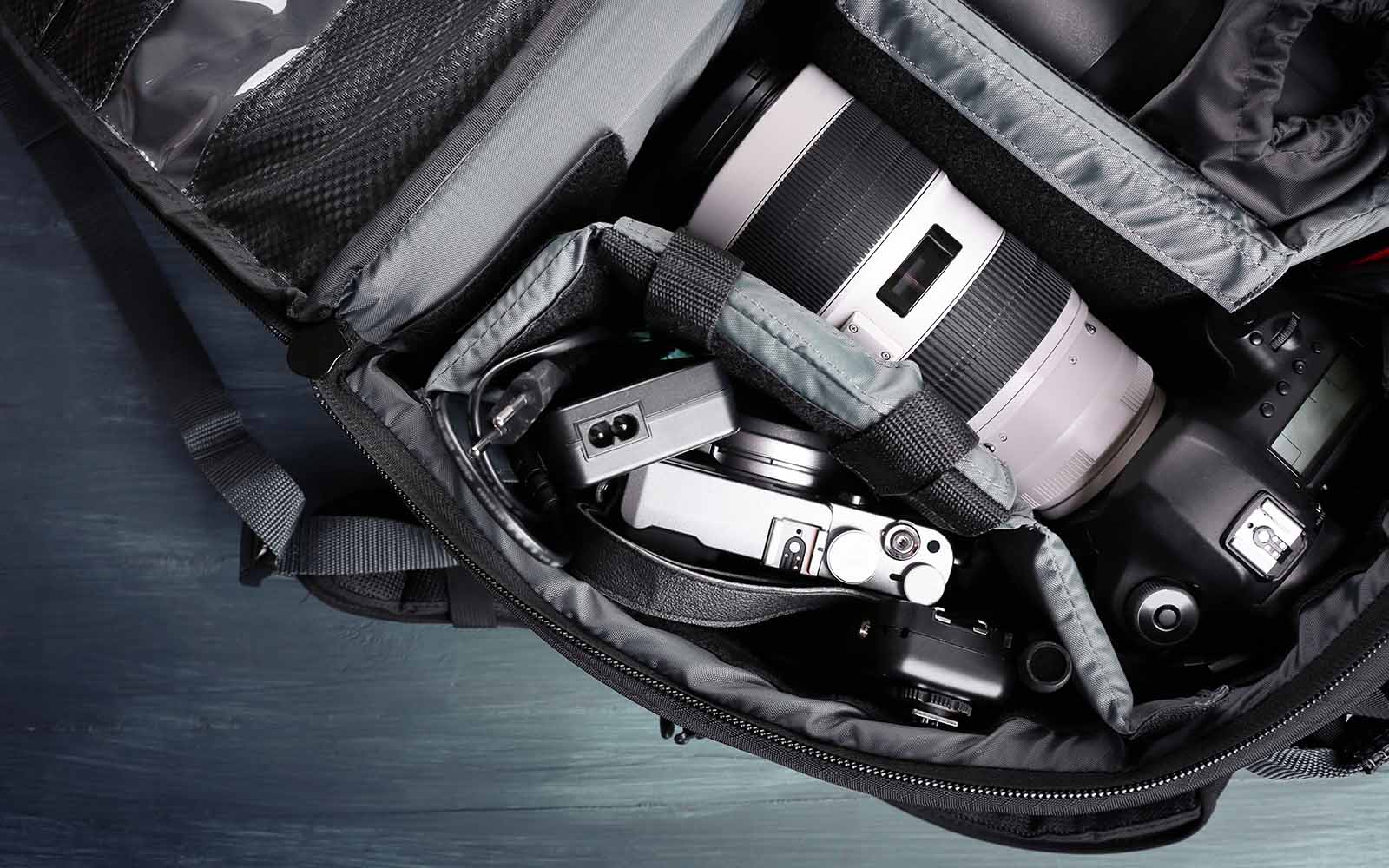

Image: Copyright Chris Sale
As a photographer, I’m constantly seeking ways to elevate my images and capture the world around me in a captivating way. One powerful tool in my arsenal is the polarizer lens filter – or polariser lens filter, depending on your language!
This seemingly simple piece of equipment can unlock a world of creative possibilities, enhancing landscapes, reducing glare, and boosting colour saturation in your photographs.
A polarizer lens filter is a circular glass filter that screws onto the front of your camera lens. It contains a special film that selectively filters incoming light, reducing glare and reflections from non-metallic surfaces like water, glass, and foliage.
By doing so, it produces several desirable effects:
Deeper, richer colours: By filtering out scattered light, polarizers allow for deeper penetration of colour-saturated light, resulting in more vibrant and intense colours in your photos. Imagine capturing the bluest skies, the greenest landscapes, and the most vibrant foliage, all achievable with a polarizer filter.
Reduced glare and reflections: Glare on water surfaces often creates an unwanted milky white sheen, obscuring details and distracting from the scene. Polarizers effectively remove this glare, revealing the true colours and textures beneath the surface. This effect is equally beneficial when dealing with reflections on glass windows, car windshields, and even shiny objects like jewellery.
Increased contrast: By reducing scattered light and enhancing colour saturation, polarizers automatically increase the overall contrast in your images. This creates a more defined and visually appealing scene, drawing the viewer’s eye to the essential elements and enhancing the overall impact of the photograph.


While the basic principle remains the same, there are two main types of polarizer lens filters:
Circular Polarizer (CPL): This is the most common type used by photographers. It allows you to rotate the filter while looking through the viewfinder, adjusting the polarisation effect to achieve the desired result. This is crucial for fine-tuning the filter’s impact on various reflections and scattered light.
Linear Polarizer: This type doesn’t allow for rotation, offering a fixed level of polarisation. It’s primarily used for specialised scientific or technical applications and not commonly used in photography.

Light loss: Polarizers absorb some light, typically around 1-2 stops. This might require adjusting your camera settings like aperture or shutter speed to compensate, especially in low-light situations.
Autofocus limitations: Some cameras might experience slight autofocus issues with a polarizer attached, particularly older models or cameras with specific sensor types.
Colour shift: In some situations, particularly at wide angles or with certain lenses, slight colour casts might occur. Experimentation and adjustments might be necessary to achieve the desired results.
While looking through the viewfinder, rotate the filter to observe how the effect changes. Adjust it until you achieve the desired level of polarisation for your scene.
Pay attention to the direction of your camera and the intended effect. Polarizers work best when the light source (usually the sun) is at a 90-degree angle to your camera position.
Like any tool, mastering a polarizer filter requires practice. Play around with the filter in different lighting conditions and subjects to understand its impact and hone your skills.

Use for:
DON’T Use for:

Unfortunately, polarizers generally work against capturing vivid rainbows. Rainbows themselves are created from refracted and polarised light. Using a polarizer further filters this polarised light, weakening or even removing the rainbow entirely.
Here’s a mix of affordable and premium options to suit different budgets:
Budget-Friendly
Premium

Purchase the correct filter size to match your lenses thread diameter (you’ll find this marked on the lens). Circular polarizers are ideal for photography as they allow for on-the-fly adjustments while shooting.
A polarizer lens filter is a valuable addition to any photographer’s toolkit. It offers a simple yet powerful way to enhance your images with richer colours, reduced glare, and increased contrast.
Understanding its properties, knowing when to use it, and practising its application will unlock a new level of creativity and visual impact in your photography. So go forth, explore, and capture the world around you with the magic of a polarizer filter!
(iPhotography may make small commissions from links in this article.)
You should meter grey cards using a spot exposure metering mode. Read this full guide for step-by-step directions for how to use a grey card
Learn how to understand and control colour in photography for accurate results. How a Bayern filter captures colour and what are grey cards.
Choosing the right camera for wildlife photography is crucial. See our TOP 5 picks of the best digital cameras for taking photos of animals
Learn the basics of photography – fast – with our FREE 60-Second Photographer online course. Each class is short and sharp with simple, actionable steps that give you immediate results.
x 30 lessons

© iPhotography™
Become a confident and competent photographer in less than 30 minutes!
Before you leave, make sure you’ve secured your FREE online photography course (worth £29.99)
Each class is just 60-seconds or less making it the fastest and easiest way to learn photography!